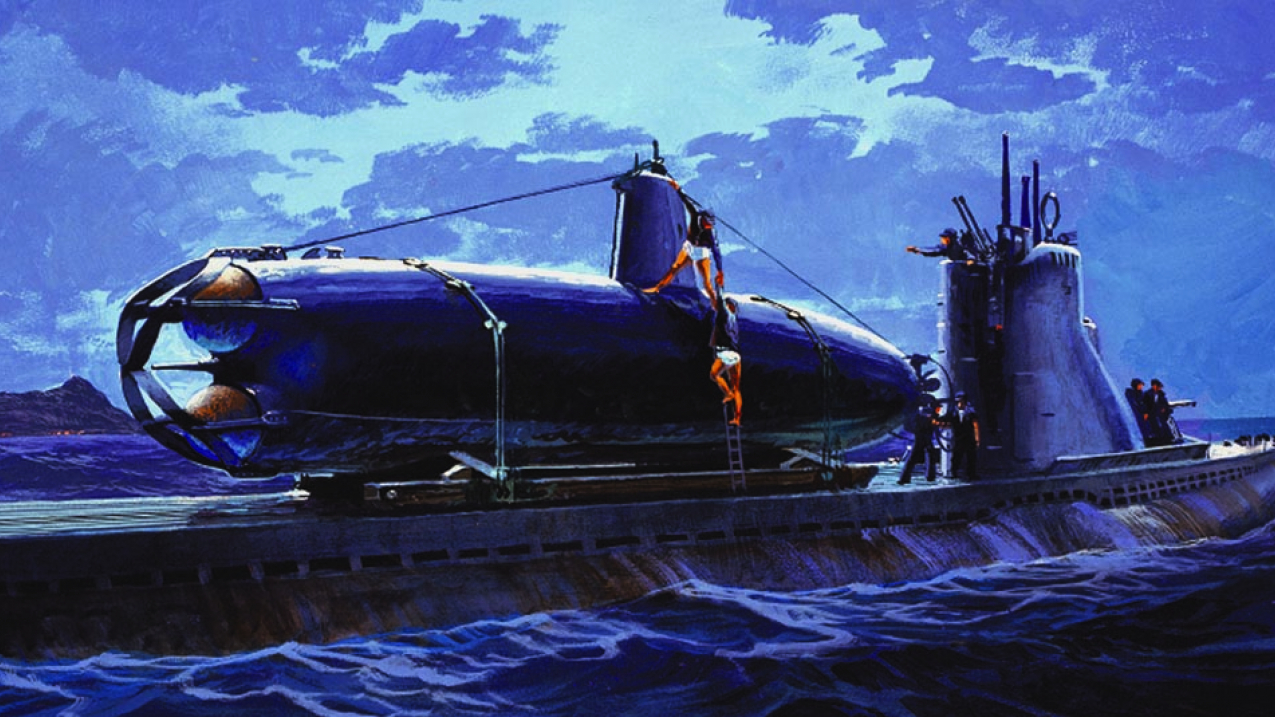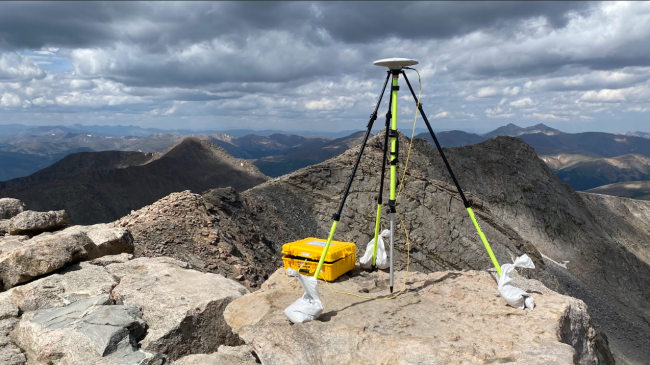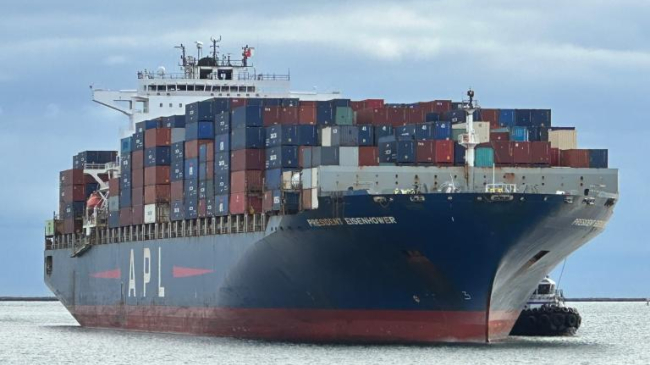Webcast followed by media phone interviews
On Wed., Dec. 7, media and the public will have their first opportunity to view a live dive to two Japanese mini submarines involved in the attack on Pearl Harbor 75 years ago.

Mounted on the after deck of the “mother” submarine I-24, midget submarine HA-19 is boarded by its crew, Kazuo Sakamaki and Kiyoshi Inagaki, in the pre-dawn hours of December 7, 1941. (Image credit: Painting by Tom W. Freeman, courtesy of Valor in the Pacific National Historical Park)
Maritime archaeologists and scientists with NOAA’s Office of Ocean Exploration and Research and NOAA’s Office of National Marine Sanctuaries, who coordinated the expedition, will be available for phone interviews following the dive.
Live online dive to the wrecks of two WWII Japanese mini submarines near Pearl Harbor.
December 7, 6:30 a.m. HST (8:30 a.m. PST, 11:30 a.m. EST)
Live streaming at http://oceanexplorer.noaa.gov/okeanos/media/exstream/exstream.html.
-
James Delgado, director of maritime heritage, NOAA Office of National Marine Sanctuaries
-
Brian Kennedy, expedition coordinator, NOAA Office of Ocean Exploration and Research
-
Frank Cantelas, marine archaeologist, NOAA Office of Ocean Exploration and Research
-
Hans Van Tilburg, marine archaeologist and historian, NOAA Office of National Marine Sanctuaries
The second submarine to be explored during the dive disappeared that morning before the attack. It was discovered in shallow waters in 1951, raised by the U.S. Navy, and taken out to sea to be dumped in deeper water. In 1992, the University of Hawaii’s Undersea Research Laboratory rediscovered it. It has been periodically visited by the university’s submersibles, the last time in 2013.
Media contacts:
Vernon Smith, 240-533-0662
Sarah Marquis, 949-222-2212



